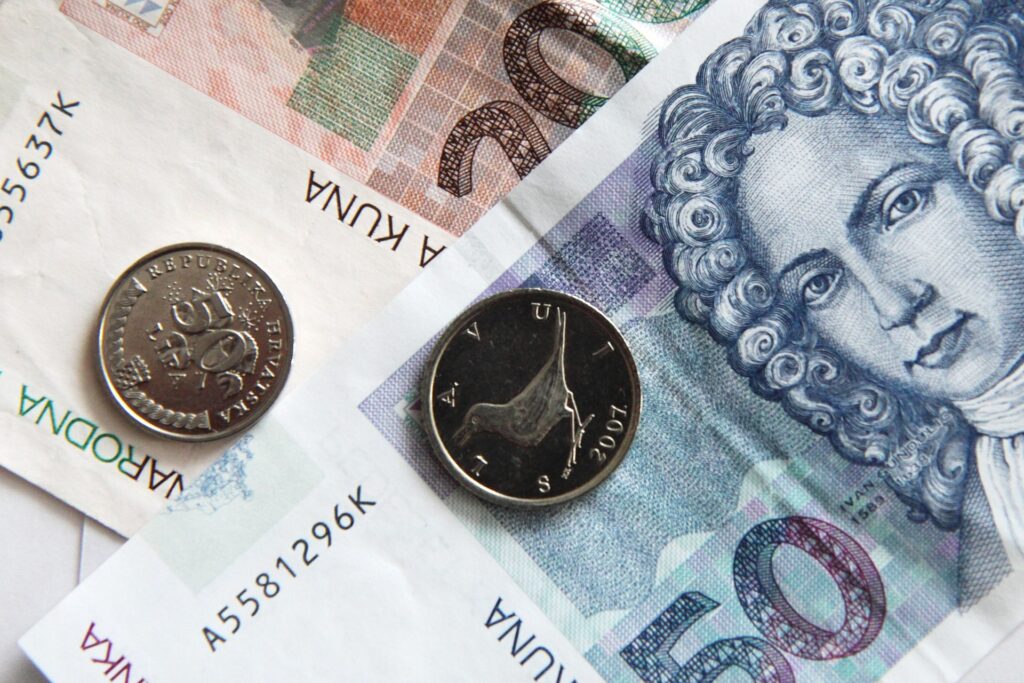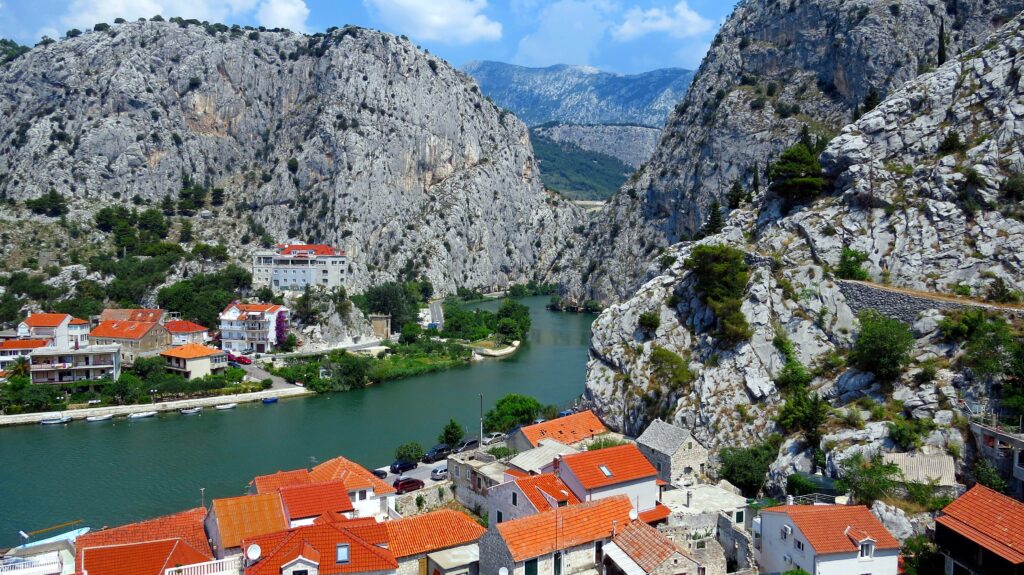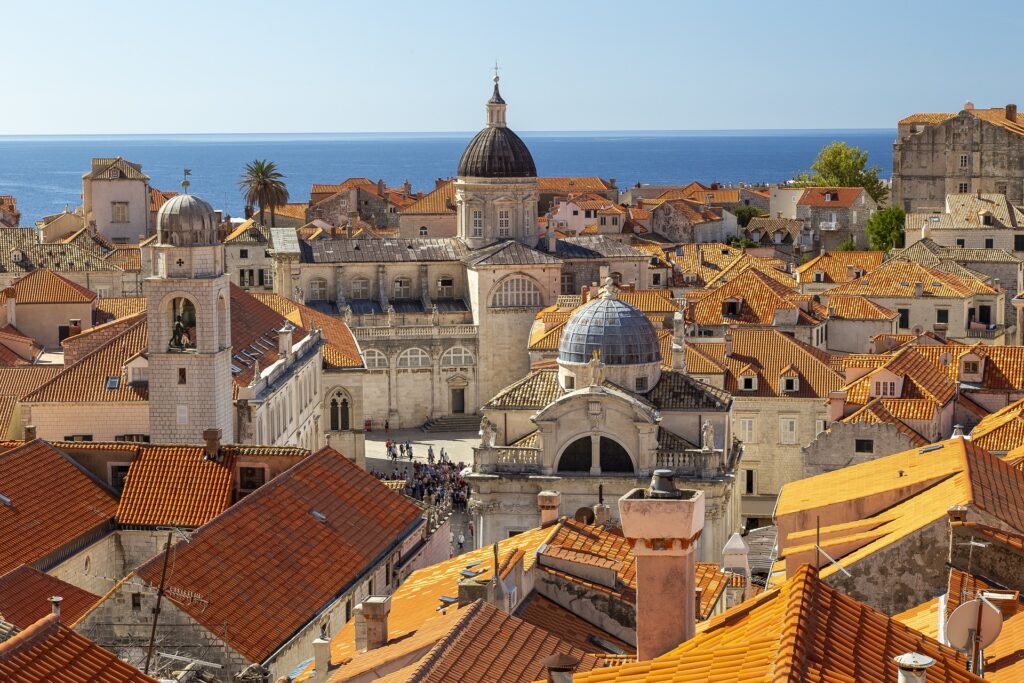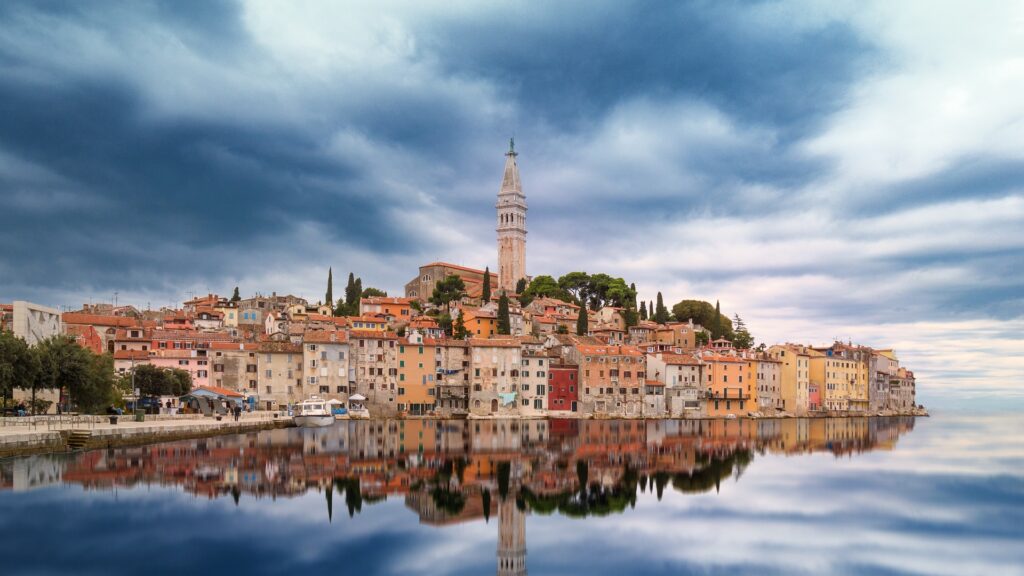

Croatia is a country located in Southeast Europe, on the eastern shore of the Adriatic Sea. Its capital is Zagreb and official language is Croatian. Croatia is known for its stunning natural beauty, including over 1,000 islands, clear waters, and stunning national parks. The country has a rich cultural heritage, with numerous historical sites and landmarks, including the ancient city of Dubrovnik and the Plitvice Lakes National Park. Croatia is also a popular tourist destination, attracting millions of visitors each year for its beautiful beaches, great food, and lively culture.
Visa Requirements in Croatia
Whether you need a visa to enter Croatia depends on your nationality and the purpose of your visit. For most countries, a valid passport is sufficient for stays of up to 90 days for tourism or business purposes. However, if you plan to stay for a longer period or for another purpose, such as work or study, you may need to apply for a visa.
Citizens of the European Union (EU), European Economic Area (EEA), and Swiss Confederation do not need a visa to enter Croatia. They are allowed to stay in the country for an unlimited period. Citizens of some countries, including the United States, Canada, Australia, and New Zealand, are allowed to enter Croatia without a visa for stays of up to 90 days.
It is recommended to check the visa requirements well in advance of your trip, as the process of obtaining a visa can take several weeks. Additionally, you should make sure that your passport is valid for at least six months beyond the date of your intended departure from Croatia.
Geography of Croatia
Croatia is a country located in Southeast Europe, on the eastern coast of the Adriatic Sea. It is lined by Slovenia toward the northwest, Hungary toward the upper east, Serbia toward the east, Bosnia and Herzegovina toward the southeast, and Montenegro toward the southeast.
Croatia has a varied geography, ranging from the flat plains of Slavonia to the high peaks of the Dinaric Alps. The central and southern regions of the country are characterized by the low-lying coastal plain, while the interior is dominated by rolling hills and mountains. The highest peak in Croatia is Dinara, which reaches 1,830 meters.
The country is also home to several major rivers, including the Sava, Drava, and Danube, which flow from the neighboring countries into the Adriatic Sea. Additionally, Croatia is home to many lakes, including the Plitvice Lakes National Park, a UNESCO World Heritage Site known for its stunning waterfalls and turquoise lakes.
Overall, the diverse geography of Croatia makes it an ideal destination for outdoor activities, including hiking, fishing, and boating.
Travel and Safety Requirements in Croatia
Croatia is generally a safe country to travel to, with a low crime rate and friendly people. However, as with any foreign country, it is important to take some basic safety precautions to ensure a safe and enjoyable trip.
Here are some tips for staying safe while traveling in Croatia:
- Be aware of your belongings and keep them close at all times, especially in crowded tourist areas.
- Keep a copy of your passport and other important documents in a safe place, separate from the original documents.
- Be cautious when using ATMs, and only use ATMs located in well-lit, secure areas.
- Take out comprehensive travel insurance before you leave, to cover you for any unexpected incidents or accidents.
In terms of health and travel requirements, Croatia is a safe and healthy country, and there are no specific vaccinations required for entry. However, it is always a good idea to check the latest travel advice from your government before you travel, especially if you have any pre-existing medical conditions or are traveling with young children. Overall, if you take some basic safety precautions, Croatia is a safe and enjoyable destination to visit.


Money and Banks in Croatia
The currency used in Croatia is the Croatian Kuna (HRK). ATMs and banks are widely available throughout the country, especially in tourist areas and larger cities. Major credit cards, such as Visa and MasterCard, are widely accepted, but it is always a good idea to carry some cash as well, especially for smaller transactions or in rural areas.
It is also worth noting that some banks in Croatia may charge a fee for using your credit or debit card, so it is a good idea to check with your bank before you travel to see if they charge any fees for foreign transactions.
Overall, banks and ATMs in Croatia are safe and reliable, and you should not encounter any major problems while using them. However, as with any foreign country, it is always a good idea to take some basic safety precautions, such as being aware of your surroundings and keeping your cash and cards close at all times.
Food and Drink in Croatia
Croatian cuisine is a mix of Mediterranean, Central European, and Balkan influences, offering a range of tasty and diverse dishes. Some of the most popular dishes in Croatia include:
Peka: A traditional dish made with meat, vegetables, and potatoes, slow-cooked in a clay oven.
Istrian truffles: Highly prized truffles that are widely used in a range of dishes, from pasta and risotto to omelettes and sauces.
Black risotto: A dish made with cuttlefish or squid, black risotto gets its color from the ink of the squid.
Pag cheese: A traditional sheep cheese from the island of Pag, known for its strong and salty flavor.
Pasticada: A slow-cooked beef dish, typically served with gnocchi.
When it comes to drinks, Croatia is famous for its wine, especially its white wines from the Istria region. The country also produces some excellent olive oil, which is widely used in cooking.
Overall, Croatian cuisine offers a range of tasty and diverse dishes, making it an enjoyable and satisfying experience for food lovers and travelers alike.
Culture of Croatia
Croatian culture is a blend of the country’s history, traditions, and values. It has been shaped by its location at the crossroads of Europe and the Mediterranean, as well as its unique historical experiences. Catholicism is the dominant religion in Croatia, and the country has a strong tradition of religious festivals and celebrations, particularly around Easter and Christmas. Folk music and dance are an important part of Croatian culture, and there are many traditional festivals and events throughout the year where people come together to dance, sing, and play music.
Croatian cuisine is heavily influenced by the Mediterranean, with a focus on fresh seafood, olive oil, and vegetables. The country is also known for its excellent wines, including the famous Plavac Mali red wine from the Dalmatian coast.
How to Travel around Croatia
Croatia is a beautiful country with a diverse landscape and rich cultural heritage. You can travel around Croatia by various means such as:
Car rental – this allows you to have the flexibility to explore the country at your own pace.
Bus – there is a well-developed bus network connecting major cities and tourist destinations.
Train – trains are available for longer distances, with services connecting the major cities and some tourist destinations.
Ferry – there are ferries available to explore the coastal islands, such as Hvar and Korčula.
Bicycle – Croatia is a great country for cycling, and there are many trails and routes available for cyclists.
Regardless of how you choose to travel, there are many breathtaking sights to see in Croatia, including the stunning Plitvice Lakes National Park, the historic city of Dubrovnik, and the beautiful beaches of the Dalmatian coast.
How to reach Croatia
Croatia is well connected to the rest of Europe and the world by various modes of transportation, including:
Flight: Croatia has several international airports, including Zagreb International Airport, Split International Airport, and Dubrovnik International Airport, which offer regular flights to destinations across Europe and beyond.
Train: There are several international train services that run to Croatia, including from cities in Austria, Germany, Slovenia, and Hungary.
Bus: There are several international bus services that run to Croatia, including from cities in Austria, Germany, Slovenia, and Italy.
Car: If you are driving to Croatia, you can reach the country via several major highways that connect to neighboring countries, including Slovenia, Austria, Hungary, and Serbia.
Boat: Croatia is well connected to the rest of the Adriatic by ferry and catamaran services, which run from Italy to several of the country’s coastal cities and islands.
Regardless of the mode of transportation you choose, it is important to plan your trip in advance and check for any potential disruptions or delays, particularly during peak travel season.
Best Time to Visit in Croatia
The best time to visit Croatia depends on what you are interested in seeing and doing while you are there. In general, the peak tourist season is from June to August, when the weather is warm and sunny, and there is a wide range of events and activities taking place. This is a great time to visit if you are interested in sunbathing on the beach, swimming in the sea, and experiencing the country’s vibrant nightlife.
If you are interested in outdoor activities, such as hiking, cycling, and rafting, the spring and autumn months (April to May and September to October) can be a good time as the weather is milder. This is also a great time to explore the country’s rural areas, as the countryside is lush and green, and the vineyards are in full production.
Overall, the best time to visit Croatia depends on your personal preferences and interests, so it is a good idea to research the weather and events taking place in the area you are interested in visiting before you travel.




